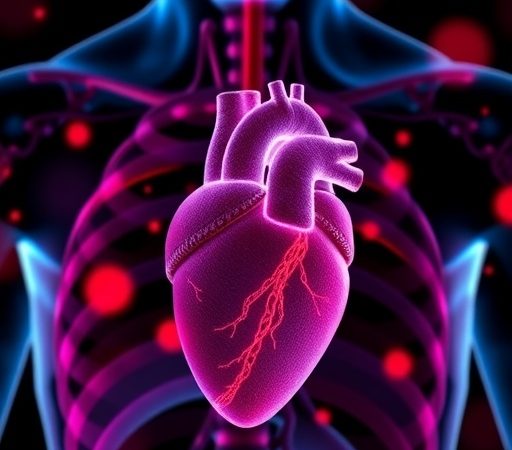“Aquaponics represents the future of agriculture”

The University of Maryland’s aquaponics program is transforming student learning into hands-on innovation, research, and community impact. What began as a classroom exercise in ecological design has evolved into a fully fledged program at the University of Maryland (UMD).
“In 2017, I proposed an aquaponics demonstration system to my students. When they put it in Autocad, I saw their fascination. They loved it, and that sort of started the whole thing,” says Dr. Jose-Luis Izursa, senior lecturer and academic advisor in the Department of Environmental Science and Technology (ENST).
Two 50-gallon barrels, a few dozen fish, and some seedlings launched what is now both a teaching tool and a research hub. Students built and refined early prototypes, including the Mobile Aquaponics Teaching Assistant (MATA), and soon a dedicated lab was established on campus.
© University of Maryland
Scaling up: The greenhouse facility
By 2023, Izursa’s vision had expanded to a 1,200-square-foot greenhouse facility with six 210-gallon fish tanks and over 200 square feet of crop beds. The project, supported by UMD’s Office of Sustainability, Student Facilities Fund, and industry partners, simulates a commercial-scale operation.
“I had no idea what I was getting into. I thought it would take maybe $36,000.” In reality, the facility cost over $200,000 to build. For ENST Chair Paul Leisnham, the investment has paid off. “The completion of the greenhouse is super exciting. Our students now have the opportunity to engage directly with a living system where biology, engineering, and sustainability intersect.”
 © University of Maryland
© University of Maryland
Learning by doing
The program emphasizes practical, interdisciplinary learning. Students from engineering, biology, environmental science, and nanotechnology contribute to building and maintaining systems.
“This lab is pretty unique,” said Hibba Hussain, a master’s student. “It’s a mixture of everything: engineering, biochem, microbio, live plants and animals. All the systems we’ve created from scratch. We’ve changed the design so many times, I cannot tell you.”
Gibbeum Choi, a student from South Korea, adds: “It’s a very self-contained system, and everyone has to know how to deal with all of it. These are living things. If an unexpected issue happens, you have to solve it. You can’t just leave it.”
 © University of Maryland
© University of Maryland
Feeding campus and community
Beyond research, aquaponics contributes directly to the community. Student harvests of leafy greens and fish are donated to UMD’s campus food pantry, helping to combat food insecurity among peers.
Aquaponics’ broader potential also motivates Izursa. “The beauty is that you can put a greenhouse like this anywhere, and it changes the question of who has access to fresh food.”
Research and innovation
The UMD aquaponics lab supports experiments in nutrient cycling, food safety, and novel approaches such as nanobubbles, solar-powered systems, and sustainable fish feed alternatives like soldier fly larvae.
Hussain, who minored in nanotechnology, is exploring how nanobubbles impact water chemistry and plant growth. “There’s just so much you can do here,” she said. “Whatever you’re interested in, you’ll be able to find in this lab.”
 © University of Maryland
© University of Maryland
A model for sustainable food systems
The facility is not only a teaching space, but a launchpad for innovation and global collaboration. In September (15th to 17th, with a pre-conference workshop on the 14th), UMD will host the annual meeting of the Aquaponics Association, bringing academic and industry leaders to College Park.
“Aquaponics represents the future of agriculture, closed-loop systems that conserve water, reduce waste, and produce food sustainably,” said Leisnham. “What Dr. Izursa and his team have accomplished is the result of years of passion, vision, persistence, and hard work.”
Shaping the next generation
For Izursa, the impact is as much about people as it is about plants and fish. “Students are learning by doing, innovating by failing forward, and growing not just crops but confidence, competence, and community,” he said.
For more information:
University of Maryland ![]() © University of Maryland
© University of Maryland
Dr. Jose-Luis Izursa, Senior Lecturer
Department of Environmental Science and Technology
[email protected]
www.umd.edu


